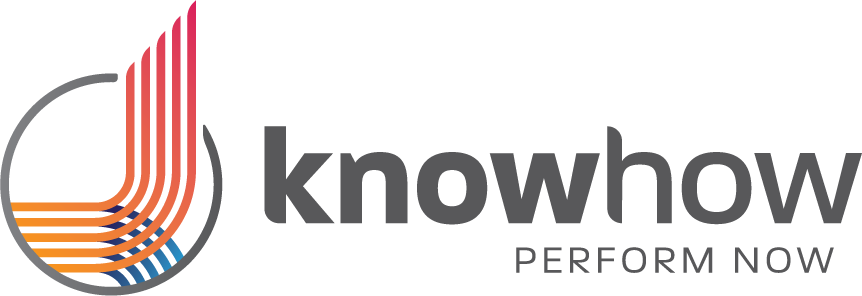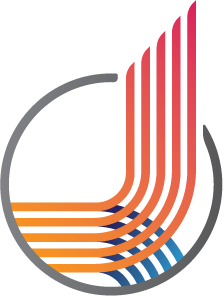Tableau
Launched in 2003, Tableau is a business intelligence system that helps companies visualize and understand their data. Using a revolutionary approach, the solution allows businesses to quickly connect, visualize, and share data with an efficient, seamless experience all the way from the PC to the iPad.
You can create and publish dashboards and share them with partners, colleagues, or customers—no need for programming skills.
Tableau Desktop is a self-service analytics solution that allows you to look at data and answer questions rapidly. Tableau Server enables you to publish dashboards from your Tableau Desktop on any web browser or mobile-based device.
Benefits of Tableau
- Powerful analytics. Interactive, visual analysis lets you untangle thorny business questions and quickly get to the insights that propel your business forward. Powered by its patented VizQLtechnology, Tableau gives you powerful analytics to ask deeper questions and deliver more meaningful answers.
- Powerful, comprehensive platform. From connection through collaboration, Tableau gives you powerful, secure, and flexible end-to-end analytics platform for your data. Using Tableau for your data ensures your expectations are more than met.
- Connected to multiple data sources. Tableau’s productivity suite allows you to connect it to a number of data sources you’re already using, import and visualize data in a matter of minutes. Unique technology gives it 10 to 100 times faster data analysis mechanism than the one its competitors can offer.
- Multiple options to interact. Put your data anywhere you need it. With Tableau, you can securely consume your data via browser, desktop, mobile, or embedded into any application.
- Intuitive and easy interface. Tableau is incredibly easy to use, allowing you to bring data for analysis with few simple drag-and-drop moves. This means that the product is intuitive even for non-savvy users, and doesn’t take time, programming knowledge, or expensive training for teams to get grasp on it.
- Advanced collaboration. Most of Tableau’s functionalities are collated on a public dashboard, where users can access and process data with only few clicks. A dedicated mobile app for different devices ensures activities can be completed regardless of the agent’s location. This allows agents to use the same application to share their achievements and invite colleagues to collaborate.
- Several methods for data investigation. Tableau investigates data in many different ways, starting with large, traditional dashboards, and ending up with complex cloud-based source explorations. Instead of conducting analyses with a single method, the user can combine approaches and data views to make insights richer. At the end, all conclusions are showcased in comprehensive data visualizations, made so simple that you can easily share them with clients and partners from different industries.
- Flexible pricing and deployment. Tableau lets you choose whether you want to deploy it in cloud or on their local servers, and offers annual subscriptions and single-payment licenses to meet the capacity of different companies. This flexibility makes Tableau accessible to businesses from all scales and industries.
- Reliable support. Tableau gives users access to a reliable tech support team.

